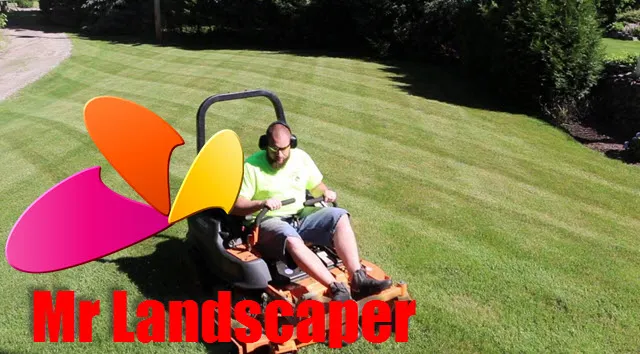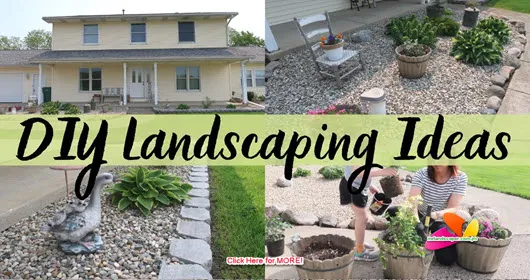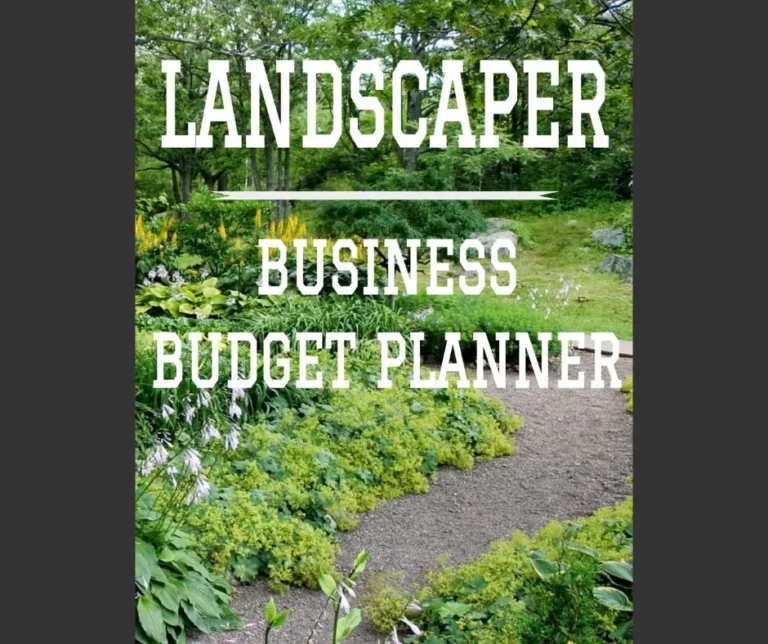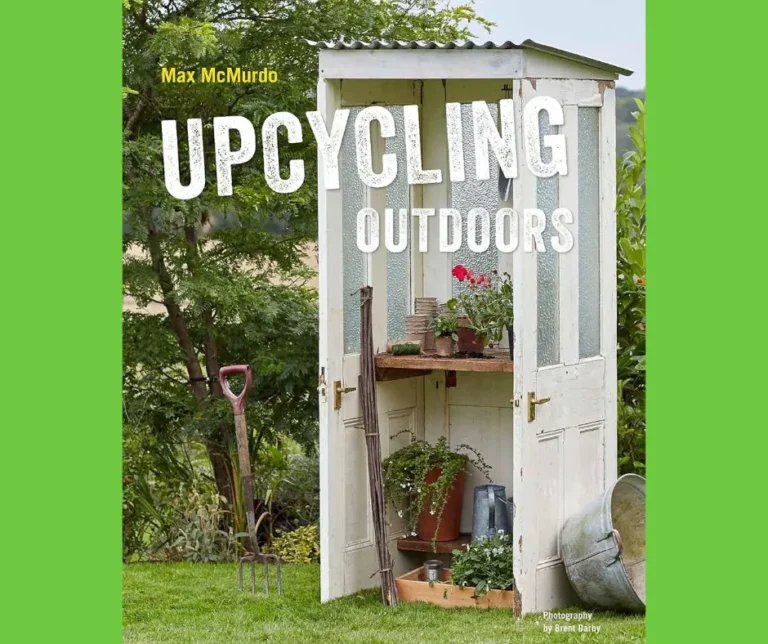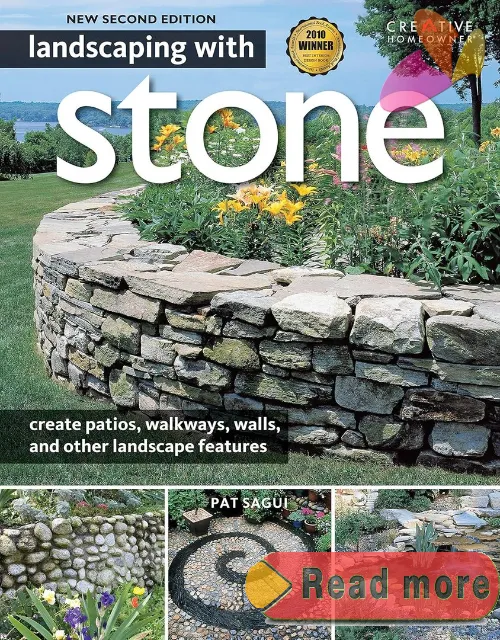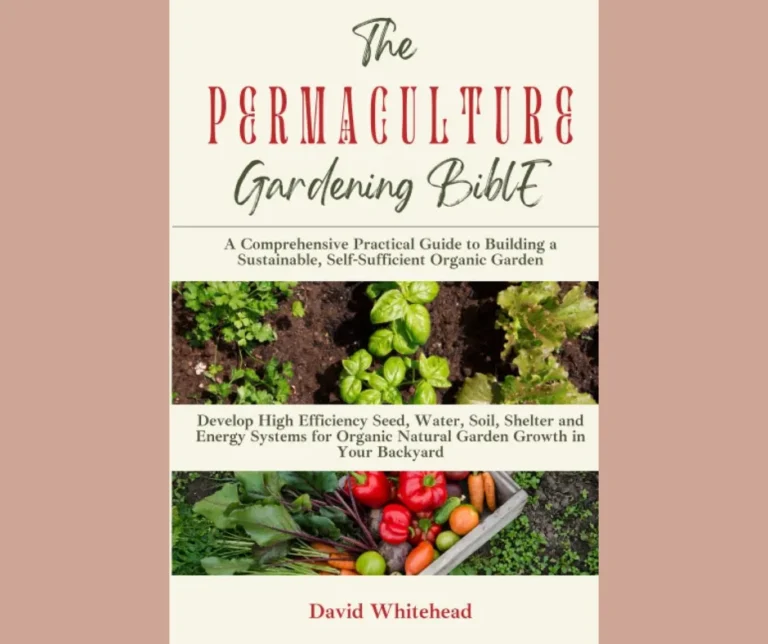Designing an Eco-Friendly Outdoor Escape
If you are a homeowner or a landscape designer looking to create a beautiful outdoor space while also reducing your environmental impact, then you have come to the right place.
Designing an eco-friendly outdoor escape is not only beneficial for the environment, but it can also provide a peaceful and relaxing atmosphere for you and your family.
In recent years, there has been a growing trend towards sustainable landscaping solutions, with more and more people realizing the importance of incorporating environmentally-friendly practices into their outdoor design.
In this article, we will explore Designing an Eco-Friendly Outdoor Escape and the various ways in which you can design an eco-friendly outdoor space, from choosing native plants to implementing water conservation techniques.
By utilizing these sustainable landscaping solutions, you can create a stunning outdoor escape that not only adds value to your property but also helps to preserve the planet for future generations.
So, let’s dive into the world of sustainable landscaping and discover how you can create an eco-friendly outdoor oasis.
Table of Contents Designing an Eco-Friendly Outdoor Escape
Consider native plants for biodiversity
When designing your eco-friendly outdoor escape, it is crucial to consider incorporating native plants for the promotion of biodiversity.
Native plants are species that naturally occur in a specific region and have adapted to the local climate, soil conditions, and wildlife interactions over time.
By integrating native plants into your landscaping, you are providing a habitat and food source for local insects, birds, and animals.
These plants have co-evolved with native wildlife, forming important ecological relationships that contribute to the overall health and balance of the ecosystem.
Additionally, native plants require less maintenance and are better suited to thrive in their natural environment, reducing the need for excessive watering, fertilizers, and pesticides.
By choosing native plants, you are not only creating a visually appealing landscape, but also fostering a sustainable environment that supports local biodiversity and contributes to the overall health of our planet.
Choose materials with longevity in mind
To ensure the long-term sustainability of your eco-friendly outdoor escape, it is important to carefully choose materials with longevity in mind.
Opt for materials that are durable, weather-resistant, and have a low environmental impact.
For example, consider using reclaimed or recycled materials for hardscaping elements such as pathways, patios, and retaining walls.
These materials not only add character and uniqueness to your landscape design but also reduce the demand for new resources and minimize waste.
Additionally, select decking and furniture made from sustainable and responsibly sourced materials like bamboo or reclaimed wood.
These materials not only have a smaller carbon footprint but also withstand the test of time, reducing the need for frequent replacements.
By consciously selecting materials with longevity in mind, you can create an eco-friendly outdoor space that not only looks beautiful but also stands the test of time, minimizing the need for future renovations and reducing your ecological footprint.
When designing an eco-friendly outdoor escape, choosing materials with longevity in mind significantly reduces the environmental impact.
Opt for sustainable options like reclaimed wood, recycled metal, and natural stone. These not only endure the test of time but also minimize waste and resource depletion.
The beauty of reclaimed wood lies in its unique character, which can add a rustic charm to your space while embodying eco-conscious values.
Equally important is integrating native plants into your landscaping.
These species are adapted to their local environment, requiring less water and maintenance compared to non-native varieties.
By prioritizing durable materials and resilient plant life, you construct a haven that harmonizes with nature rather than competes against it—ensuring that your outdoor retreat remains both functional and beautiful for years to come.
Implement rainwater harvesting for irrigation
To further enhance the sustainability of your eco-friendly outdoor escape, considering implementing rainwater harvesting for irrigation is a wise choice.
By collecting and storing rainwater, you can reduce your reliance on municipal water sources and conserve this valuable resource.
Install rain barrels or cisterns strategically throughout your landscape to capture rainwater runoff from roofs and other surfaces.
Implementing a filtration system will ensure that the collected rainwater is free from debris and contaminants.
By utilizing rainwater for irrigation purposes, you can nurture your plants and lawn while minimizing water waste and reducing your environmental footprint.
Incorporating rainwater harvesting into your sustainable landscaping solutions not only demonstrates your commitment to conservation but also provides a practical and efficient approach to maintaining a vibrant and eco-friendly outdoor space.
Use permeable paving for water drainage
To further enhance the eco-friendliness of your outdoor escape, another sustainable landscaping solution to consider is the use of permeable paving for water drainage.
Traditional paved surfaces, such as concrete or asphalt, prevent rainwater from seeping into the ground, leading to increased runoff and potential water pollution.
However, by opting for permeable paving materials, such as permeable concrete or porous asphalt, you can allow rainwater to infiltrate the soil naturally.
These materials have a unique structure that allows water to pass through, reducing runoff and promoting groundwater recharge.
Designing an outdoor space with permeable paving not only helps to mitigate flooding and erosion but also contributes to the overall health and sustainability of your landscape, aligning perfectly with the principles of an eco-friendly outdoor escape.
Create natural habitats for wildlife
To truly create an eco-friendly outdoor escape, it is essential to prioritize the creation of natural habitats for wildlife.
Designing your landscape with this in mind can provide a safe haven for various species and contribute to the overall biodiversity of the area.
Consider incorporating native plants that attract local wildlife, such as butterflies, birds, and bees.
These plants provide food and shelter, serving as important elements in the ecosystem.
Additionally, incorporating elements like birdhouses, bird feeders, and bat boxes can further encourage wildlife to make your outdoor space their home.
By consciously designing your landscape to support wildlife, you not only enhance the natural beauty of your outdoor escape but also play a significant role in preserving and protecting the delicate balance of the environment.
As you can see, incorporating sustainable landscaping solutions into your outdoor escape is not only beneficial for the environment, but also for your own enjoyment and well-being.
By choosing eco-friendly materials, conserving water, and implementing natural elements, you can create a beautiful and sustainable outdoor space that will last for years to come.
Remember to always consider the impact on the environment when designing your landscaping and make choices that align with your values and beliefs.
With these tips and a little creativity, you can have an outdoor escape that is both stunning and environmentally responsible.
FAQ
What are some sustainable landscaping solutions that can help reduce water usage in an outdoor escape?
Incorporate drought-resistant plants, use mulch to retain moisture, install a rainwater harvesting system, and consider xeriscaping to reduce water usage in your outdoor escape.
These sustainable landscaping solutions will help to conserve water and create a beautiful, eco-friendly outdoor space that requires less maintenance.
By implementing these practices, you can enjoy a lush landscape while also being mindful of water conservation efforts.
How can incorporating native plants into the design of an outdoor escape benefit the environment?
By incorporating native plants into your outdoor escape, you are creating a habitat that supports local wildlife, such as birds, butterflies, and insects.
Native plants are well adapted to the local climate and soil, requiring less water, fertilizer, and pesticides.
They also help prevent soil erosion and filter pollutants from water runoff.
By choosing native plants, you are promoting biodiversity and preserving the natural ecosystem of your area.
Overall, incorporating native plants into your outdoor space can benefit the environment by promoting sustainability and supporting local wildlife populations.
What are some eco-friendly materials that can be used in hardscaping elements, such as patios or walkways?
When considering eco-friendly materials for hardscaping elements like patios or walkways, you may choose options like reclaimed brick, recycled concrete, or natural stone.
These materials are not only durable and aesthetically pleasing but also help reduce environmental impact by reusing resources.
Additionally, permeable pavers or gravel can allow for better water drainage, reducing runoff and supporting groundwater recharge.
By selecting sustainable materials for your hardscaping projects, you can create beautiful outdoor spaces while minimizing your ecological footprint.
How can incorporating renewable energy sources, such as solar panels or wind turbines, enhance the sustainability of an outdoor escape?
By incorporating renewable energy sources like solar panels or wind turbines into your outdoor escape, you can reduce your carbon footprint and reliance on non-renewable resources.
This sustainable approach not only helps protect the environment but also ensures a cleaner and more eco-friendly experience for you and future generations to enjoy.
With renewable energy, you can power your outdoor activities while preserving the natural beauty of your surroundings, making your escape more sustainable and environmentally conscious.
What are some strategies for reducing waste and promoting recycling in the maintenance of an eco-friendly outdoor escape?
To reduce waste and promote recycling in maintaining an eco-friendly outdoor escape, you can start by using reusable items like water bottles and containers.
Implement a composting system for organic waste and choose products with minimal packaging.
Encourage visitors to practice leave-no-trace principles and provide designated recycling bins.
Upcycle old items into new decorations or useful items for the outdoor space.
Educate yourself and others on the importance of sustainability and proper waste management.
By incorporating these strategies, you can create a more environmentally friendly outdoor escape while minimizing waste and promoting recycling efforts.
